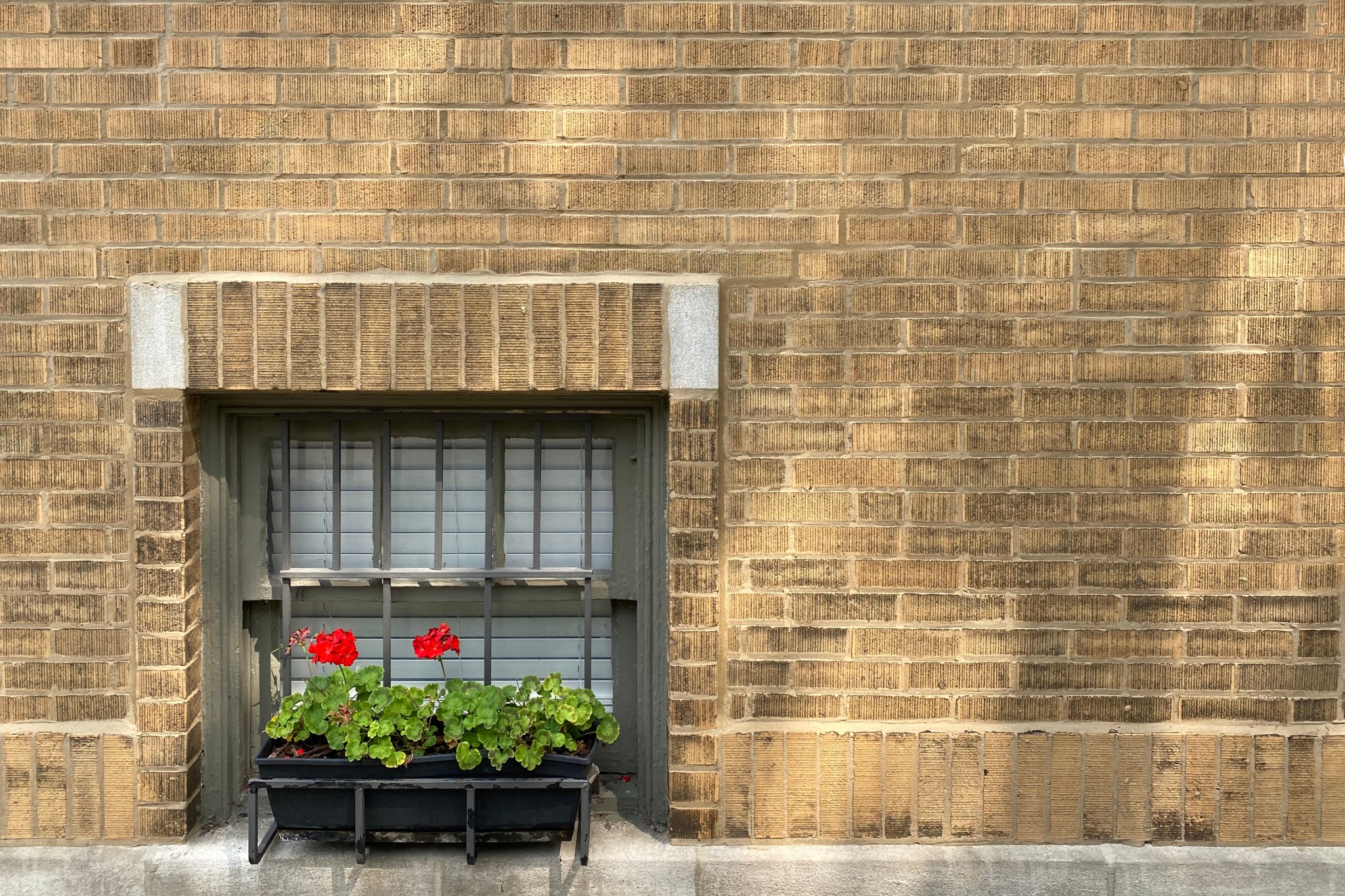Simple, low-tech, and relatively inexpensive, bars on windows are a highly effective home-security strategy.
To gauge whether anti-burglar bars may be right for you, answer these simple questions:
- Is the burglary rate high or rapidly rising in your neighborhood?
- Do you have basement or ground-level windows hidden by shrubs and outbuildings, or otherwise not visible to neighbors?
- Do you lack confidence in the response times by local authorities called to investigate suspicious activities?
- Has your area failed to maintain a neighborhood watch program?
- Are you comfortable with the look of security bars on your windows?
If you answered any of these questions with a yes, you might consider burglar bars.
What Are Window Safety Bars?
Window safety bars are basically stout metal grids that are screwed into or bolted through window frames to the structural framing. If you're going for simple, the DIY versions have three or four steel bars in a metal frame and are available at home improvement centers. More elaborate versions are accented with artistic motifs and scrollwork. Decorative security bars for small windows start at just over $100 per window. But you'll pay more, of course, for models with a quick-release feature and custom finishes. They can cost over $1,000 for larger windows.
The types of burglar bars for windows vary, including:
- Permanent security bars — Designed for constant, long-term use.
- Swing-away bars — Hinged for cleaning the window glass or for emergency egress. To secure them, these bars have a padlock or quick-release mechanism accessible from the inside.
- Removable bars — Slip the bars into place at night and remove them during the day. They appeal to property owners, including small stores or residences that are zoned for commercial use and concerned about appearances.
Your insurance company may offer reduced rates to homeowners who invest in bars and other security measures. Check with your home insurance agent.
Why Burglar Bars on Windows Work
Bars clearly block easy entrance into your home. But they're largely effective because of the psychological impact. Burglars prefer to work quickly and quietly, with no complications. In fact, just the sight of burglar bars discourages most home invaders.
Where to Install Window Burglar Bars
If you decide to go with bars, you'll start by installing them on the least visible and most accessible windows. For example, basement windows are particularly susceptible because they’re low, and foliage or shadows often hides them. Basement egress windows (larger windows for occupants to escape an emergency) typically have deep window wells. They allow burglars to work out of sight of neighbors.
How to Install Window Security Bars
The installation process involves mounting a pair of brackets securely to framing members on either side (or above and below) your window. The structural framing members are directly behind the window frames. So, you’ll need screws that are long enough to reach the structural members. You'll install the bars between these secure anchors.
Interior installation complicates matters for burglars — they’ll have to go through the window first to get to the bars.
Safety Features of Window Bars
Window bars need to keep burglars out while being safe for loved ones inside the home. When you purchase window bars, look for these two main safety features:
- Tamper-resistant screws: To keep home invaders from easily removing window bars, look for bars with tamper-resistant screws. You can drill in these screws, but they're a struggle to back out. That means burglars will have a harder time trying to remove your window bars without specific tools.
- Quick release: Most local codes require security bars to have a quick-release feature available inside the home. The release allows an easy exit if a fire or other emergency occurs. Be sure everyone in your home knows how to use the quick release feature so they can easily escape in a crisis.
Complete Home Security
Security bars on windows are one piece of a larger home security puzzle. While bars can deter burglars from entering through certain access points, you’ll want to ensure your home is protected if a burglar finds another way in. Consider other home security measures, including:
- Install motion-sensor lights that will click on and illuminate your space if anyone gets too close to your house.
- Strategically place smart home security devices, like cameras and doorbells, to monitor your house while you’re away. Most home security cameras allow you to stay updated on a computer or mobile device, or you can turn over the monitoring piece to a security company for a cost.
- Put sensors on doors and windows, which will sound an alarm when someone opens them. A door/window alarm sensor costs $25 to $300 plus a monthly fee.
- Store valuable items in a hidden safe that only you’ll know is there. Even if a burglar finds their way in, your most prized possessions will remain secure.
